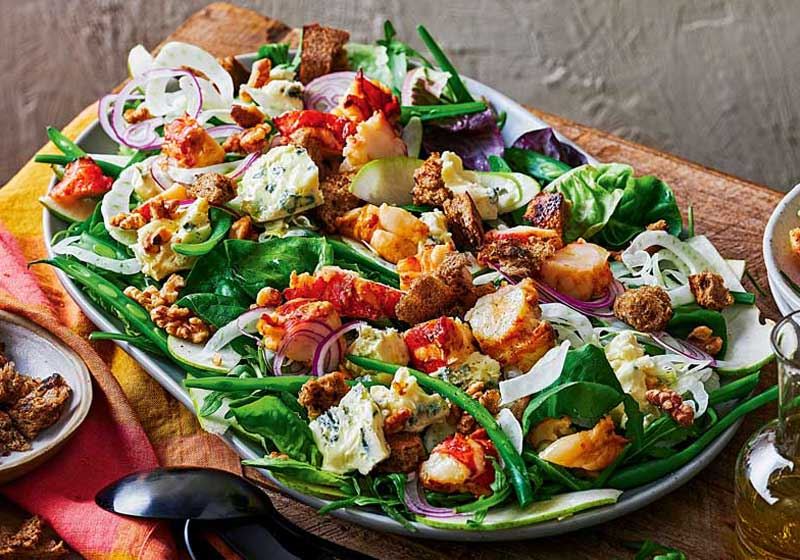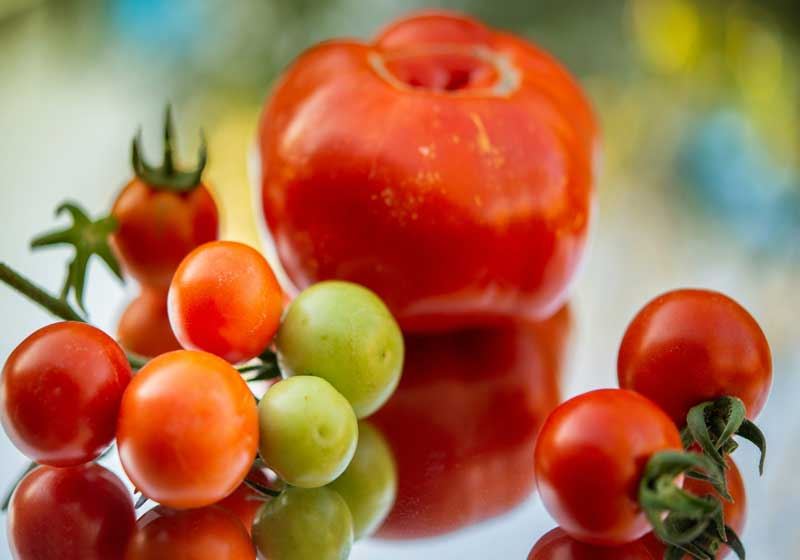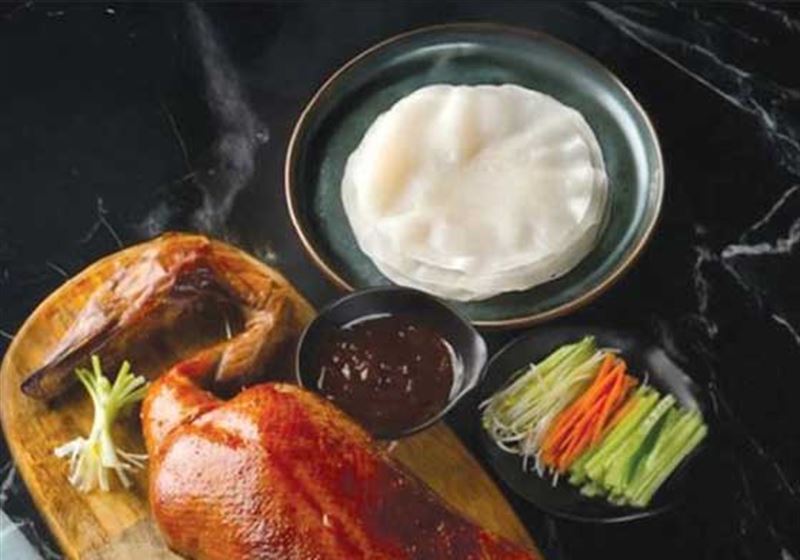Welcome to our new series where we’ll let you know what fruit and vegetables are market fresh this week, give you handy storage tips and recipes to make the most of seasonal produce.

The Australian asparagus season continues and we are seeing excellent quality bunches – look for spears that are firm and bright. Each stalk should be firm from top to bottom with the buds and crowns at the top of the asparagus clumped together tightly; check the bundle to see if all the stalks are about the same thickness, otherwise they will cook at a different rate.
The stalks should be fresh, bright green and the buds should have a purplish hue. Fresh asparagus usually has a shelf life of three to five days in the fridge, however if you refrigerate it in a glass jar with a little bit of water, it can stay fresh for up to 10 days.
When the ends of the asparagus spears become dark green and mushy, it’s time to throw them away.
Tip: skinny asparagus isn’t necessarily younger than thick asparagus; thickness depends on the age of the crown – the part the asparagus grows from.

Once you have cooked your asparagus, it can still be stored in the fridge for up to two days. Wrap it in tin foil or in a tightly-sealed food storage container, if you wait longer than 48 hours, reinvent your cooked asparagus into something else such as a soup – you can also freeze cooked asparagus or the soup you make with leftovers.
Fresh asparagus can also be frozen, but not straight out of the fridge. To preserve colour and texture and not let the raw asparagus turn to mush cut the ends and then cut the spears into smaller pieces. Blanch in boiling, salted water for about 30-60 seconds until the asparagus turns bright green, then transfer to an ice bath.
This will preserve the colour, texture and flavour. Pat the asparagus dry and place in a freezer bag with the date on it. You have about 12 months to cook with fresh, frozen asparagus – just enough time to get to peak season again.
Once you are ready to use your frozen asparagus, do not thaw it! Instead, cook from frozen by sautéing or steaming the vegetable to preserve the most flavour.

Here are three recipes to make the most of fresh asparagus that are sure to become family dinner-winners:
Brown butter prawn and asparagus pasta - a quick and easy pasta meal to share with family and friends at any time of the year.
Smoked salmon, ricotta and asparagus tart - the perfect light lunch with crispy puff pastry and an indulgent topping of ricotta cheese and Tassal smoked salmon.
Grilled asparagus, artichokes, goats’ cheese and lemon oil – a favourite vegetable dish and a lovely big plate to serve at a mixed grill or as part of a long sunny, Springtime lunch.







